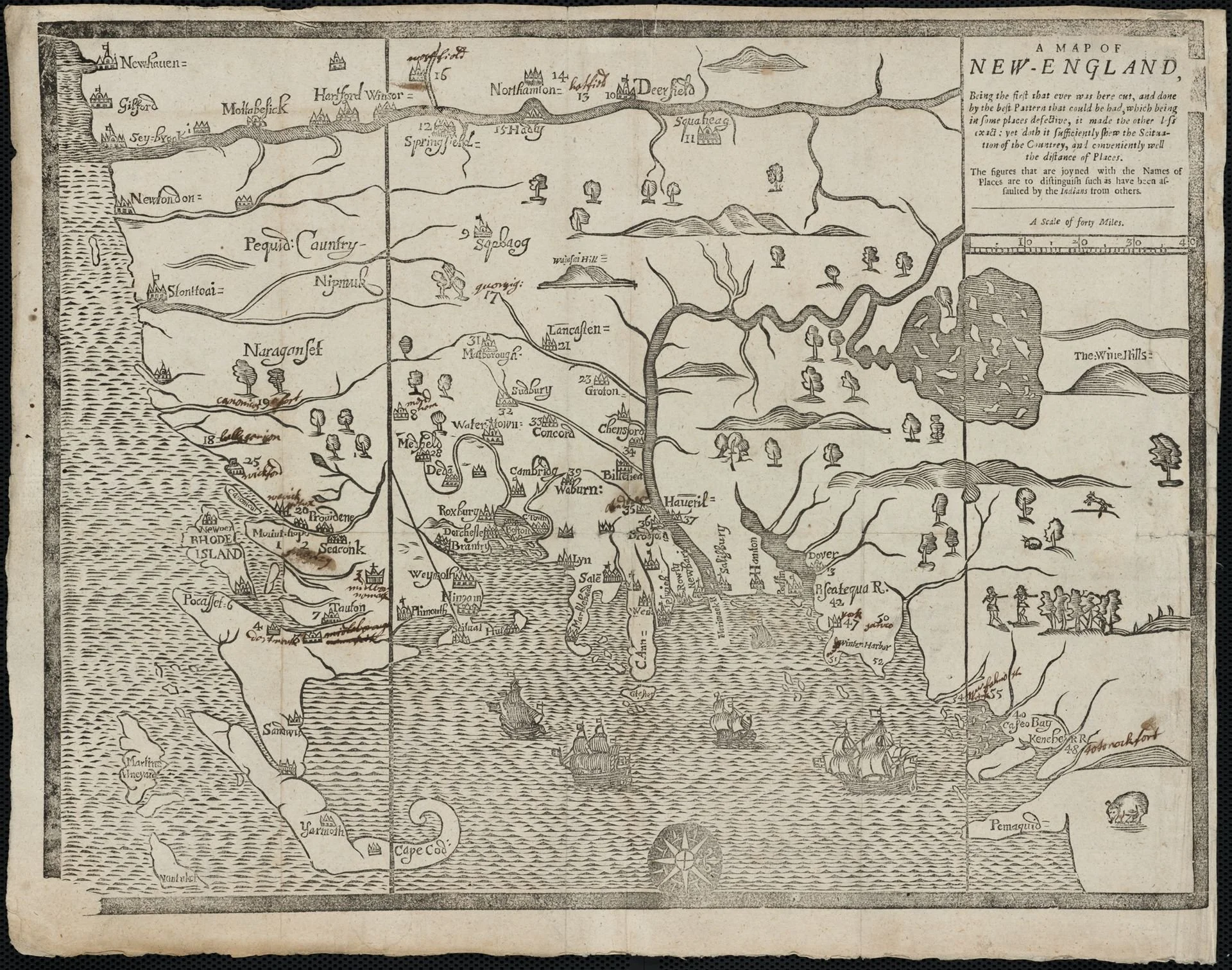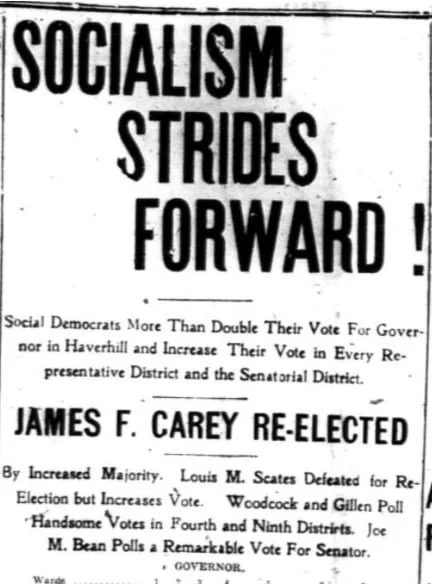
Haverhill’s socialist experiment
Text excerpted from Historic New England
The 1890s were turbulent years in New England—and Haverhill, Massachusetts, was no exception. Following the financial panic of 1893, the ‘Queen Slipper City’ quickly felt the effects of the national economic decline.
“At that time, Haverhill’s booming factories produced ten percent of the country’s shoes, employing a workforce of over 11,000 men and women engaged in cutting, stitching, lasting, trimming, and packing at over 230 factories. When the economy struggled, however, consumer demand for shoes decreased. An unexpected increase in the cost of leather cut further into profit margins, and employers quickly turned to several austerity measures to recoup their losses. They initiated a wave of lockouts, firings, and unfair ‘ironclad’ contracts while allowing working conditions to decline, leading to a massive general strike in 1895 in which over 3,000 shoe workers left the factories in protest.
“The strike was a warning for the local government. Haverhill’s workers wanted more for themselves and their families. They wanted better alignment with national unions, and they wanted the local government to recognize their needs more responsively.’’
A kid Zombie goes to Witch Town
This was printed as a result of the Salem Witch Trials of 1692-1693
“Without really analyzing it, I grew up in Massachusetts, so the Salem Witch Trials were always something that I was around. The average kindergartner probably doesn't know about it, except that in Massachusetts, you do, because they'll take you on field trips to see reenactments and stuff.’’
— Robert Bartleh Cummings (born 1965), known professionally as Rob Zombie, an American singer, songwriter, filmmaker and voice actor. He was born and raised in Haverhill, Mass.
“The Worshipping Tree,” in Haverhill, in 2012. It’s where 17th Century English colonists are said to have conducted their Calvinist ceremonies.
Little towns that made things
In Haverhill. The town has become an arts center in recent years.
— Photo by Magicpiano
From Robert Whitcomb’s “Digital Diary,’’ in GoLocal24.com
While driving up and down the Upper Connecticut River Valley the other week I came through several towns – Orford and Haverhill, N.H., stand out the most – with grand houses, beautiful churches and lovely commons. And they were all developed in the late 18th and early 19th centuries very soon after people arrived to take land long used by Native Americans! How did they afford it?
Well, because these very entrepreneurial and energetic Yankees used the region’s natural resources to maximum benefit – its good grass for sheep raising for the burgeoning wool trade, the wood from its forests (especially white pine to make buildings), its very arable land along the river and its water power --- to very early on create thriving businesses. Consider that by 1859, when Haverhill had 2,405 inhabitants, it had 3 gristmills, 12 sawmills, a paper mill, a large tannery, a carriage manufacturer, an iron foundry, 7 shoe factories, a printing office, and several mechanic shops! Those industries helped finance well run local schools and cultural institutions.
The lesson is that it’s good to have nearby enterprises that make things.
“The Mall,’’ in Orford, in 1907





